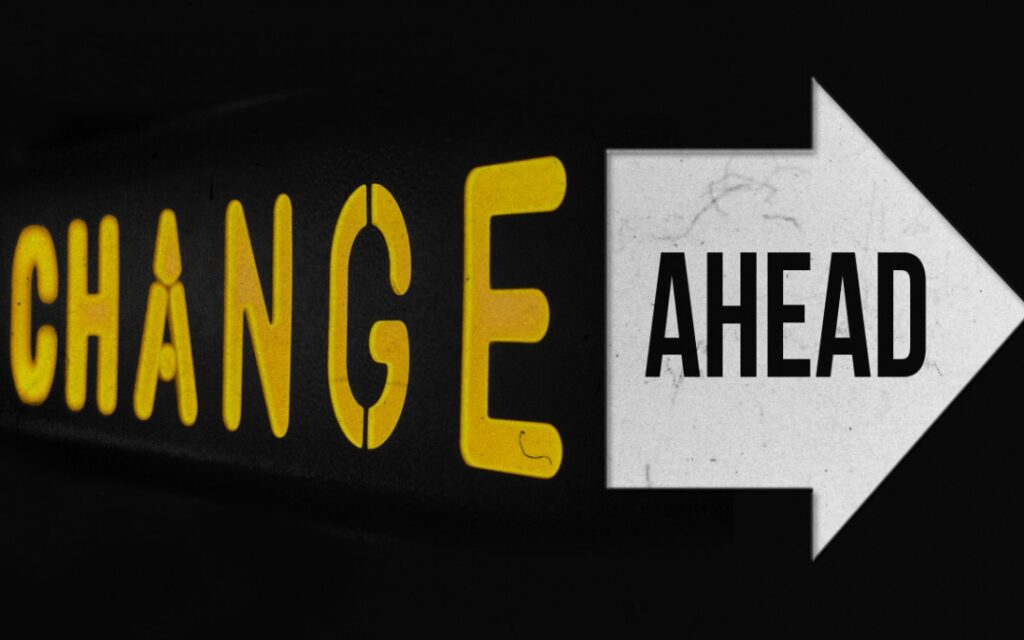More than a year has elapsed since the first Covid-19 case was identified in Pattaya, and in what felt like no time at all, the city quickly became a ghost town compared to the vibrant nightlife the city is noted for.
Small businesses here and throughout Thailand were hit particularly hard as the global health crisis caused sudden and devastating fallout in the form of reduced revenues, temporary lockdowns, mass layoffs, and supply chain disruptions, forcing hundreds of thousands of businesses to close their doors.
The pandemic precipitated a sudden stop in tourism flows and a significant contraction in economic activity.
Thailand’s GDP fell by 6.1 percent in 2020, the largest contraction since the Asian financial crisis.
The tourism sector, which accounts for about a fifth of GDP and 20 percent of employment, has been especially affected by the cessation of tourist travel. Low-skilled workers and informal and migrant workers have been hit hard, particularly women and the youth, who have suffered disproportionately from diminished employment opportunities in contact-intensive sectors bearing a significant burden of the layoffs observed in 2020. The financial sector has thus far weathered the pandemic well, but stress has been building up in the small and medium enterprises sector.
In the face of this extreme uncertainty, small business owners made commendable efforts to survive, demonstrating tremendous resilience and adaptability, rethinking traditional ways of doing business, and rapidly pivoting to meet the needs of their customers, not just ‘closed door casinos’ and illegal speakeasies in the back streets of Jomtien.
Most notably, across all sectors, businesses accelerated their digital transformation efforts, as needs must. We as digital nomads who have been quietly watching and evolving our businesses for many years moving with the times progressively now we sit back and smugly remember telling the traditional bricks and mortar business to not let their digital efforts slide whilst times were good and now with a knee jerk reaction business owners are forced behind a computer to try and lose what was lost during the pandemic.
Diversifying revenue streams for resilience
Small businesses everywhere had to rapidly adapt when nationwide lockdowns went into effect followed by partial re-openings—and for many, that meant focusing on establishing an e-commerce presence and building out digital channels.

In the B2B sector, 93% of companies are now conducting some portion of their business online, up from 90% in December 2019, and 43% are utilizing e-commerce, an 8% increase in the same time period, according to research.
For service businesses, diversifying revenue streams by incorporating an online component became critical to mitigating business interruptions when they couldn’t operate at full capacity and provide their primary services in-person.
David Mills a financial advisor with Abbey told us:
“For years the mainstay of my life was meeting people in coffee shops and all the many pubs across the nation, or being welcomed to their homes. I always loved the face to face aspect of keeping my existing clients up to date with what was happening with the markets and new interesting financial vehicles they should be looking at over bacon Eggs at their local Irish bar, however when things changed we had to adapt and overcome, and at first it was daunting chatting with new clients and old over Zoom/Skype meetings but we all got used to it and did what we needed to do to keep ourselves safe and try to do our bit to keep the numbers of infected people from rising , saved a lot of travel money, so there is always a silver lining”
Maintaining staff employment
Expanding an online presence also allowed some businesses to keep their staff working during a time of record unemployment by shifting their responsibilities.
Gary Woollacott from Horton International told us:
‘The entire workforce had no choice but to develop new skills and experiences during the pandemic. Our population has been forced into a crash course on modern technology, and the result is that more people than ever have the skills and knowledge to work effectively from anywhere.
Businesses have been forced to embrace technologies in ways never done before. For example, Estee Lauder worked quickly to incorporate technology into their point-of-sale. They’ve used innovative ‘virtual try-on’ features to allow customers to try out their products in a safe and secure manner.
Nike is another excellent example of a company that has embraced technologies to help alter the way they work during these stranger times.
Their teams worked together quickly in order to allow more stock to be sold online than ever before.
There is no denying that these new skills and technologies that we have had to embrace will continue to help businesses flourish in a post-pandemic world. Many employees and companies would never have had the opportunity or reason to become so clued up on modern technologies if it hadn’t been for Coronavirus.’
Embracing digitization of products and services
As I always emphasize, digitization even in the best of times is critical to the success of small- and medium-size businesses. Right now, in the late stages of the pandemic, flexibility is integral to that success more than ever.
UX is an online term which refers to User Experience. Making it seamless for the person on the other end of the computer to know where to go and to buy what they want is pivotal to making money online.

“Before the pandemic, I was splitting my time 80/20 with in-store and online sales, and now it’s closer to 60/40,” said Mac Singh from Boss Apparels
“We’ve even been calling our customers to encourage them to shop online, and have been doing more online one-on-one sessions and classes with customers about just to chat about business and take fresh measurements for ‘Post Pandemic Belly’ as one of our customers quipped
. Nowadays, clients are much more open to virtual sessions.”
Leaning into the silver linings
For certain industries, stay-at-home orders translated to increased sales. As people stayed close to home, they started turning more and more to services and products such as workout equipment, education software, and games and entertainment. Forward-thinking businesses that had already established an e-commerce presence were better prepared to benefit from this surge in demand, and develop new ideas.
Like how Daniel from Kunini Solar Power progressed with new joint ventures
“During the pandemic we used this time in hand to develop our financial side of our business and make it easier for our customers to get access to capital to pay for solar power and make it so easy for them to save money on all utilities with a product that perhaps before was not available to them financially. Now it is so we offer a 360 degree solution.”
Putting data and insights to work
By growing their online presence, small businesses are no longer limited to a local customer base and are able to expand their audience of potential customers. A notable benefit of this shift is the ability to gain more data and insights into customer shopping behaviors and needs.
Express Visa owner James explained
“By having more time online we were able to reach out to a wider audience by asking questions about life in Thailand and where and how our target market were meeting and what their concerns were, we struggled to have access to this new information before mainly as we have established ourselves by being a one stop shop in Pattaya City Centre where traditionally people came in to us with ‘one on one’ challenges about spouse visas to UK and UK Passports but online we have grown our business through polls and social media group conversations, the pandemic afforded us, well ‘pushed us’ the time to do this.”
Small Businesses are Accelerating Digital Transformation
We’re no longer in fight or flight mode—so where does that leave Thailand’s small businesses?
Now is the time to shift from surviving to preparing for the future. Bolstering digital channels can drive sales, widen customer bases, and provide businesses with valuable data and insights into what customers want and don’t want.
The impacts of going digital will only get stronger with time and business owners and leaders should prepare for customers’ preferences and expectations to continue to shift toward e-commerce.
E-commerce is here to stay. Customers who weren’t already regularly shopping online have had more than a year to familiarize themselves with e-commerce, realize its convenience, and form habits around it.
Over the next 3-4 years, growth in Thailand will continue to significantly grow, e-commerce for example has seen a 63 per cent jump in sales in 2020 to US$62 billion, compared to US$38 billion a year ago. It is expected that this will continue to grow at an annual rate of 23% to US$172 billion in 2025, up from previous year’s estimates.
Compared to the 3.5 per cent annual growth rate in the UK projected over the next four years, the difference is significant. By 2025, retail e-commerce in the UK is expected to be worth “only” US$125 billion. In other words, by 2025, retail e-commerce in Southeast Asia is expected to exceed that of the UK by US$ 47 billion.
Just having a coffee shop on the main street is not enough you must be selling your beans online as well!

Although vaccines are becoming more widely available and folks are returning to stores and offices, it’s clear that the pandemic has made a lasting impact on accelerating the preference for e-commerce. And as small businesses navigate their way to the new normal, they’ll need to recognize that e-commerce is an expectation customers will have from businesses big and small.




